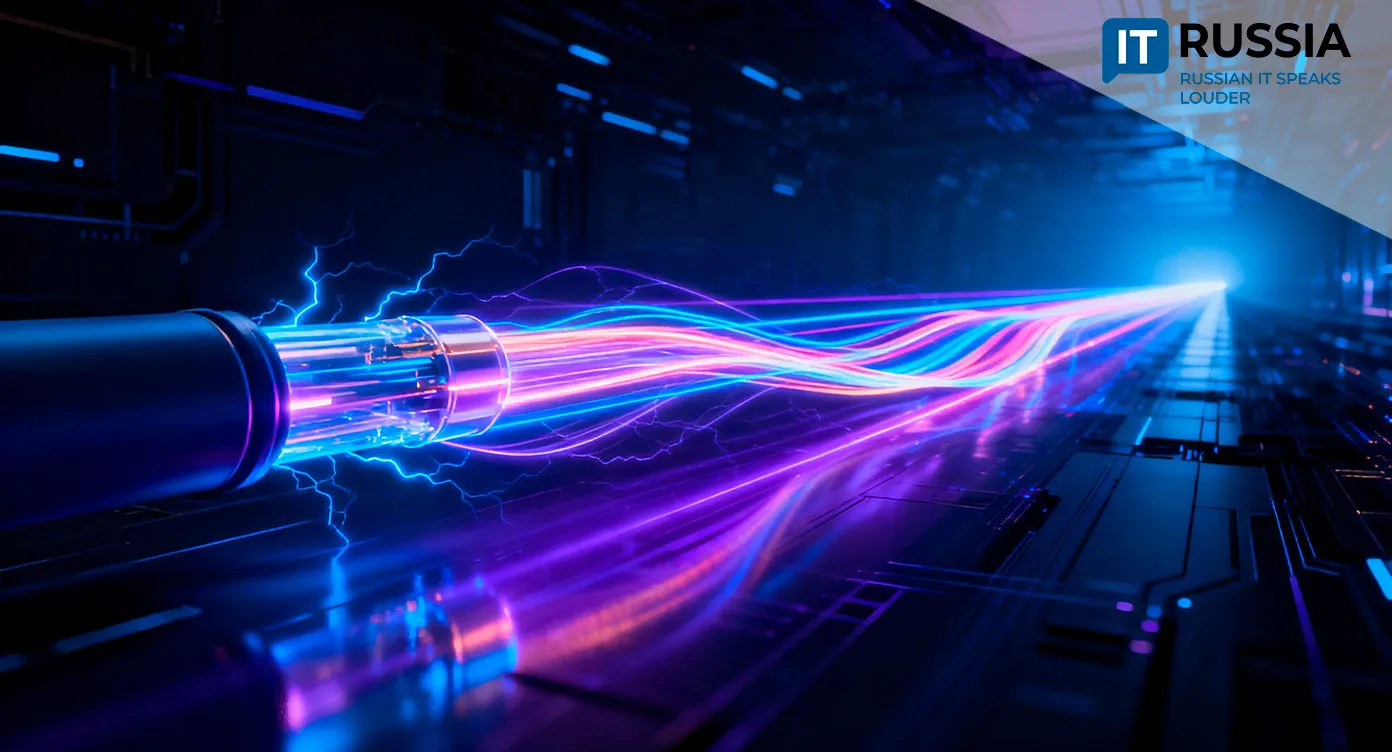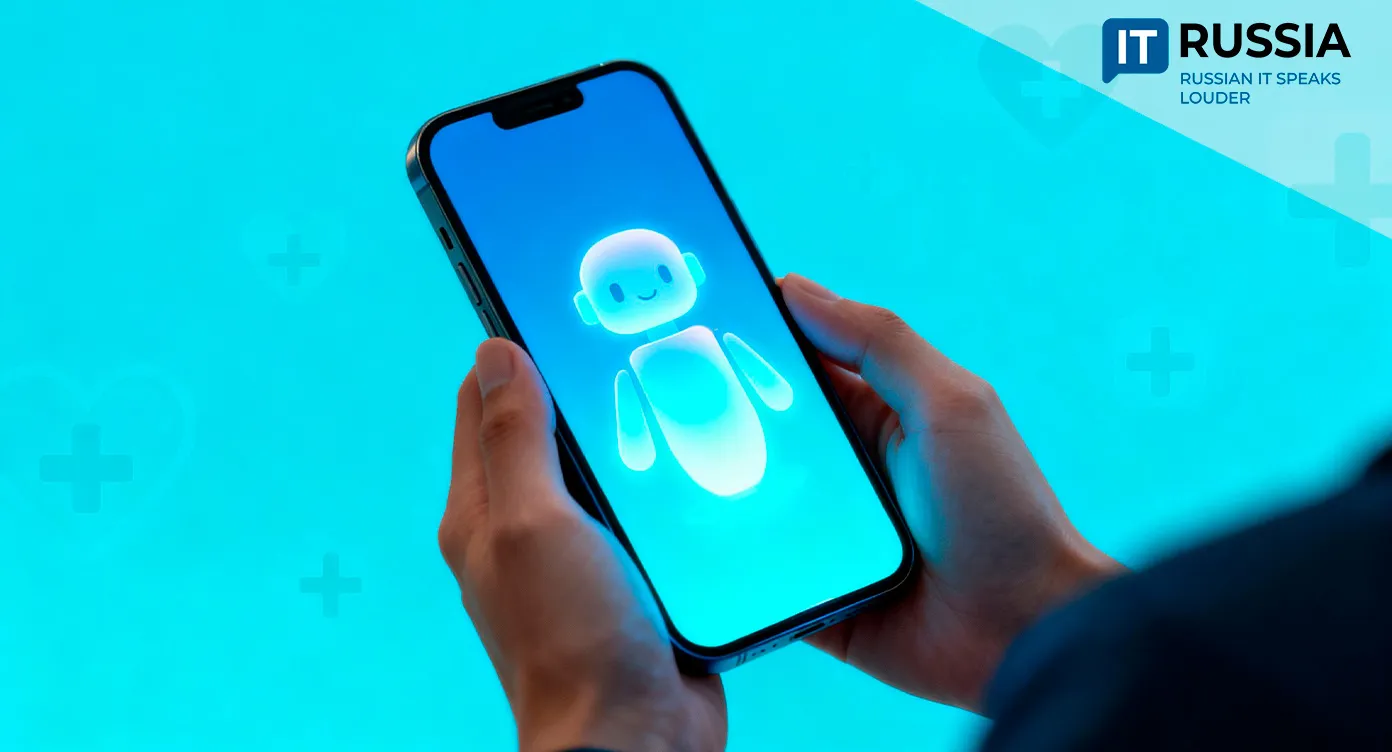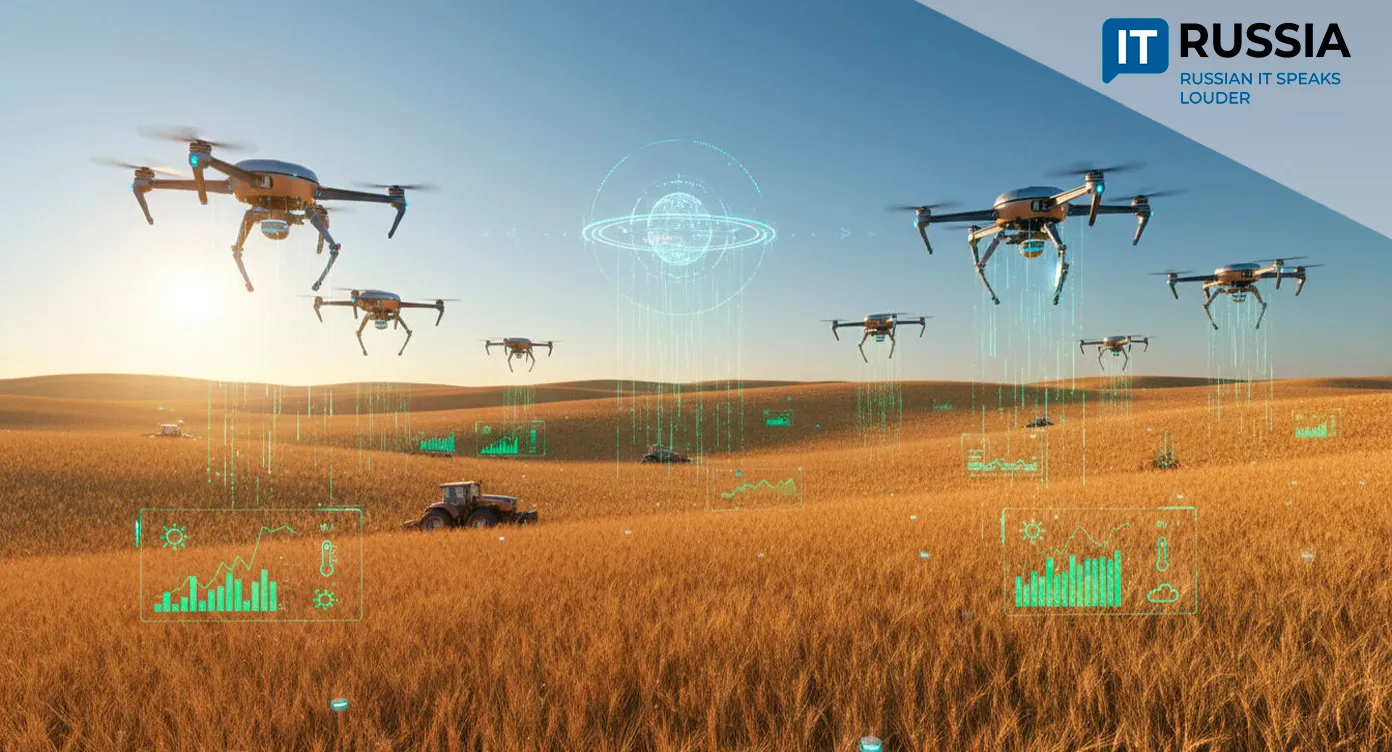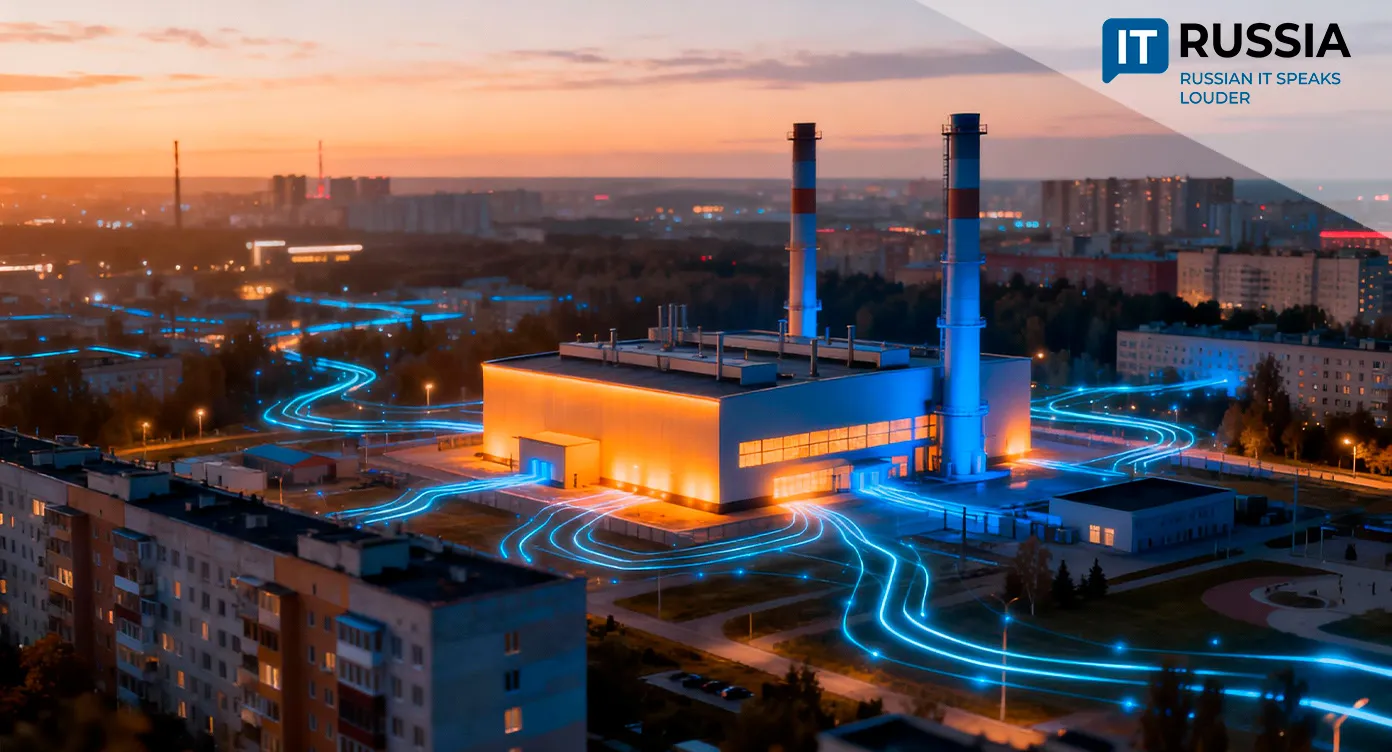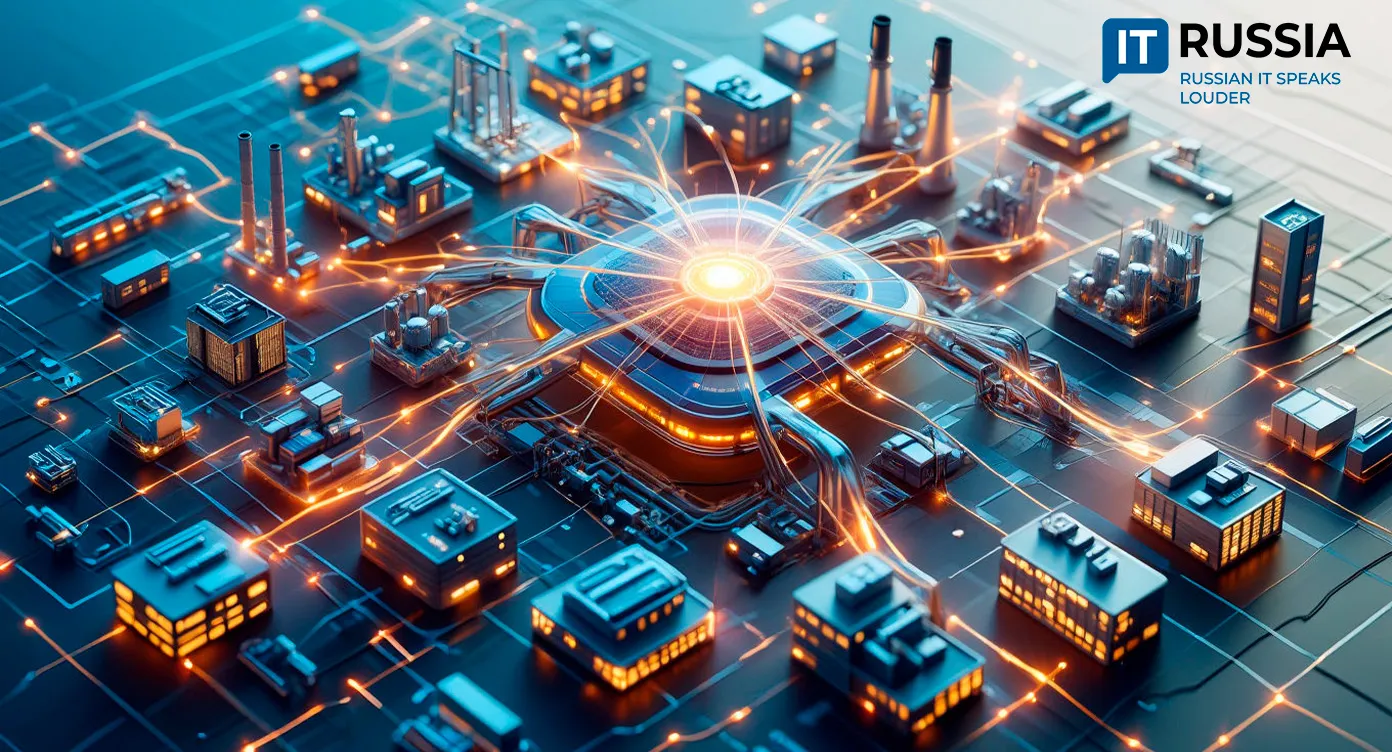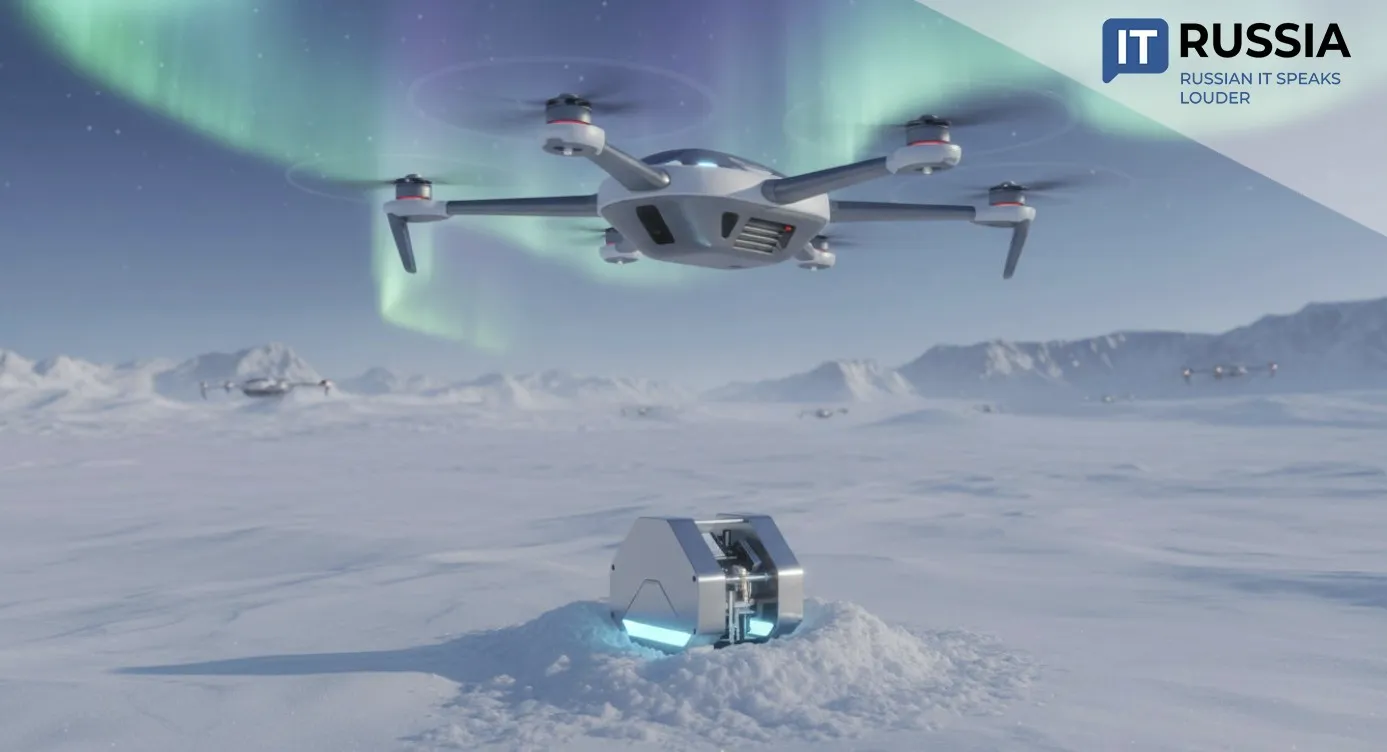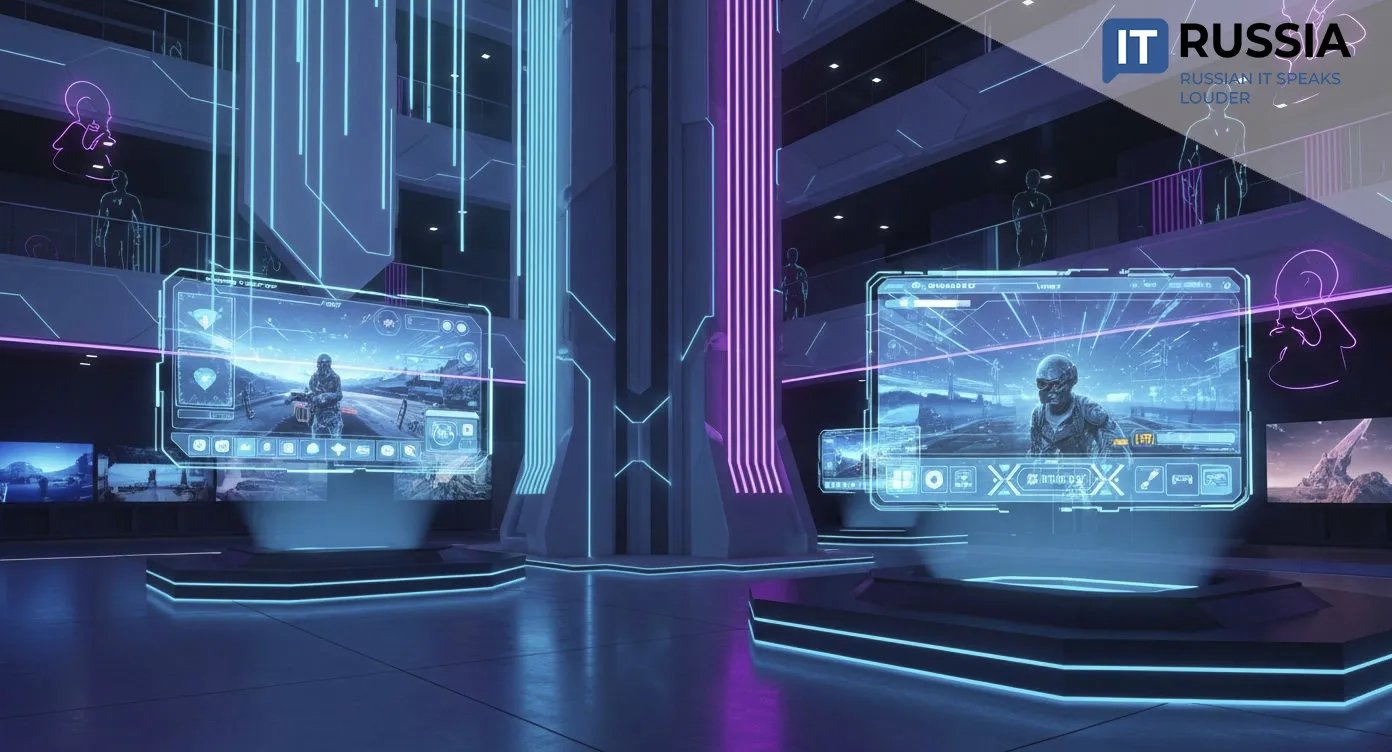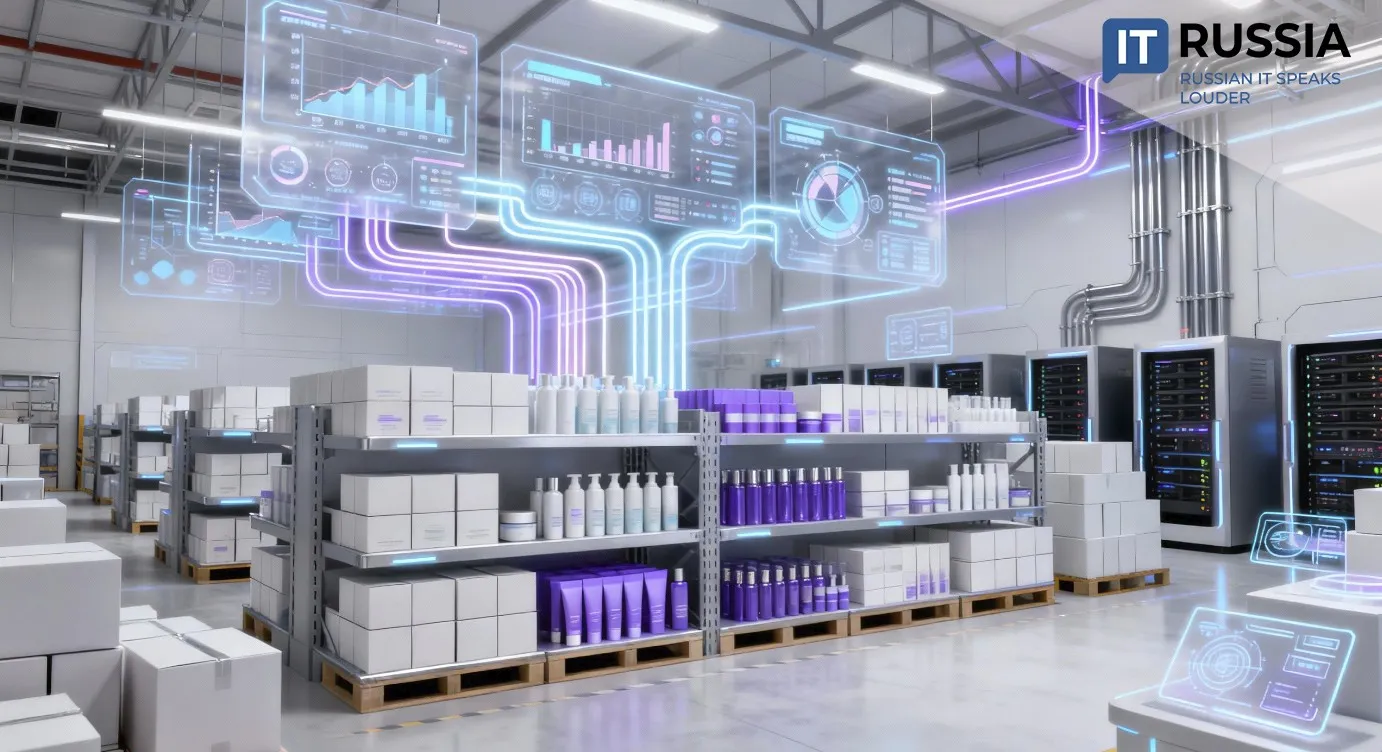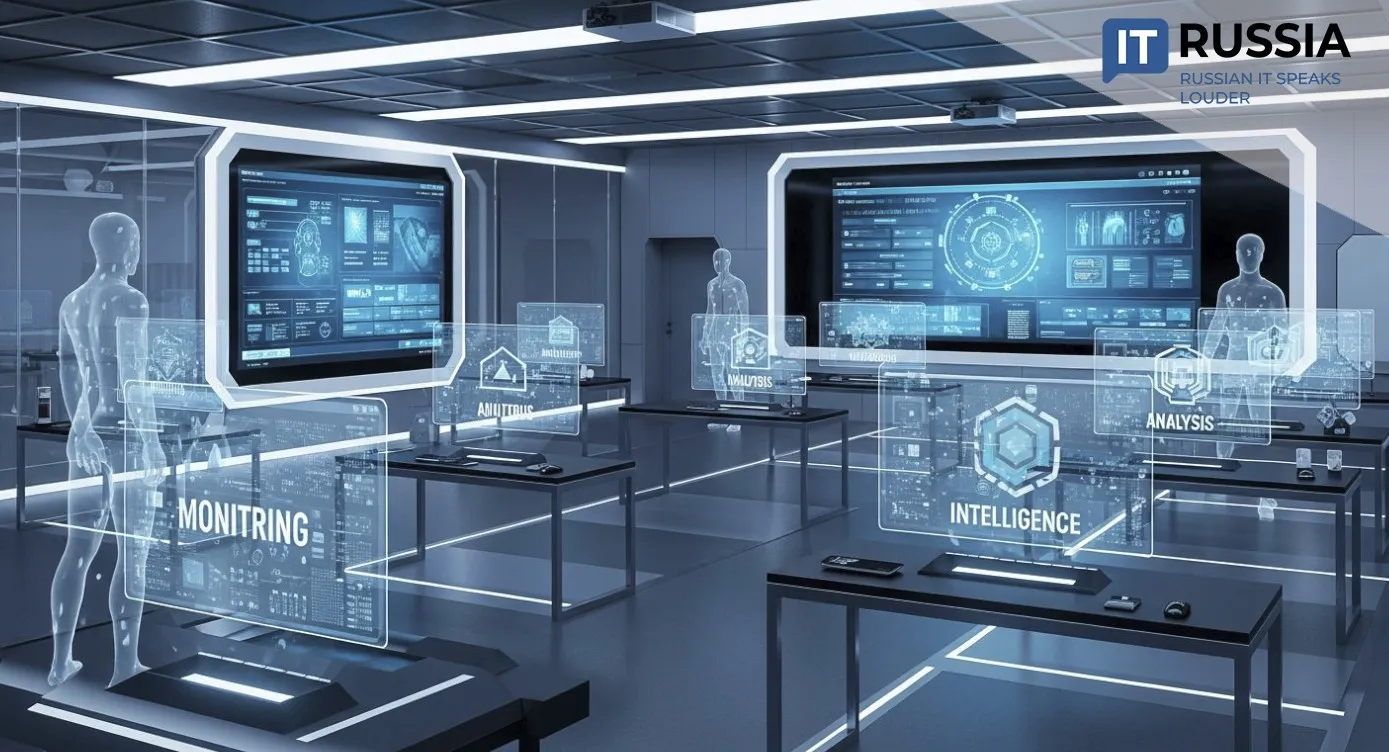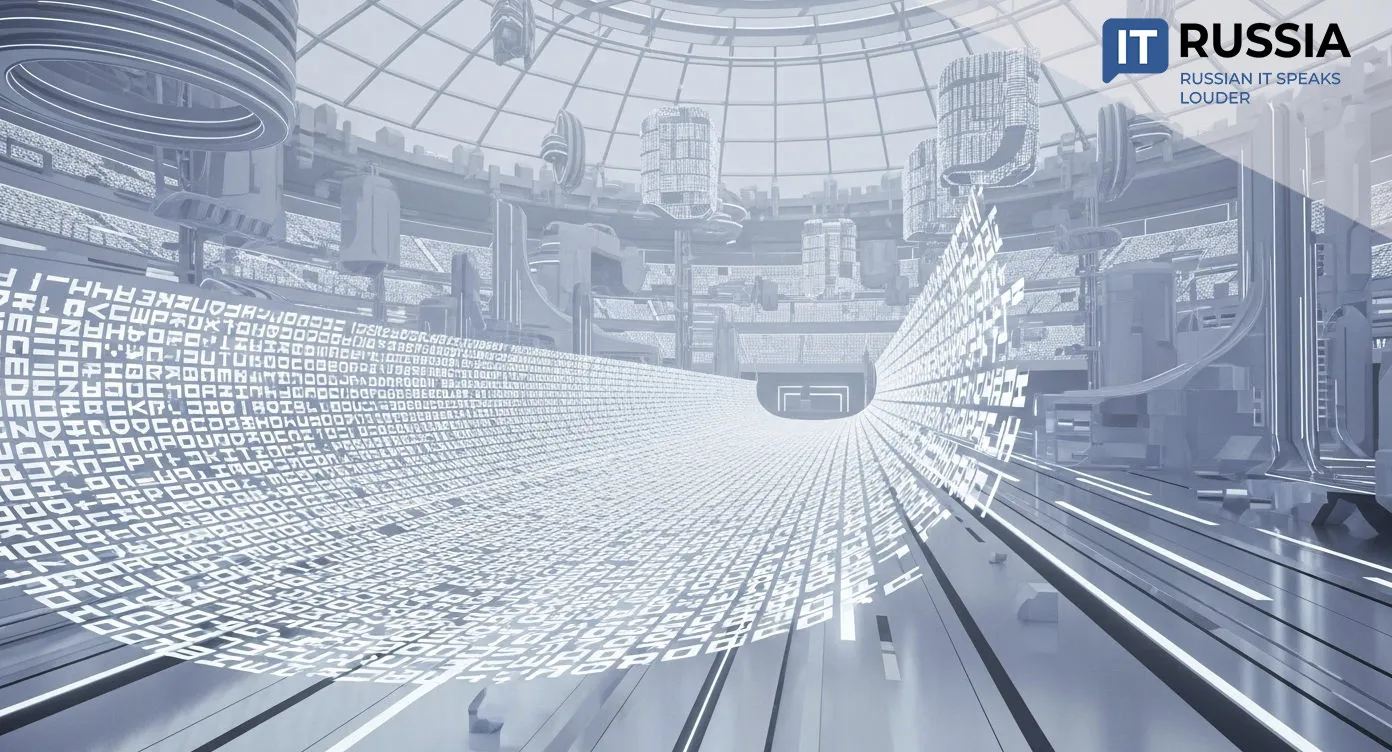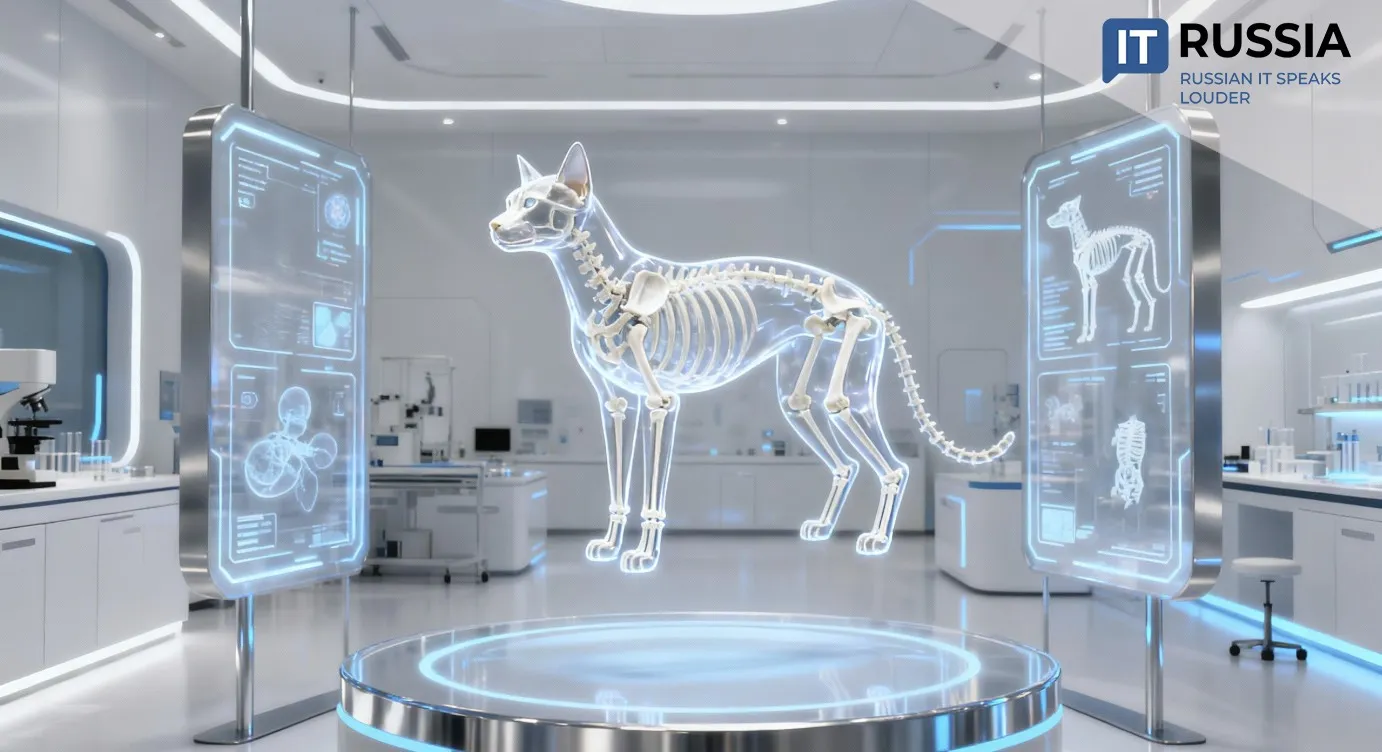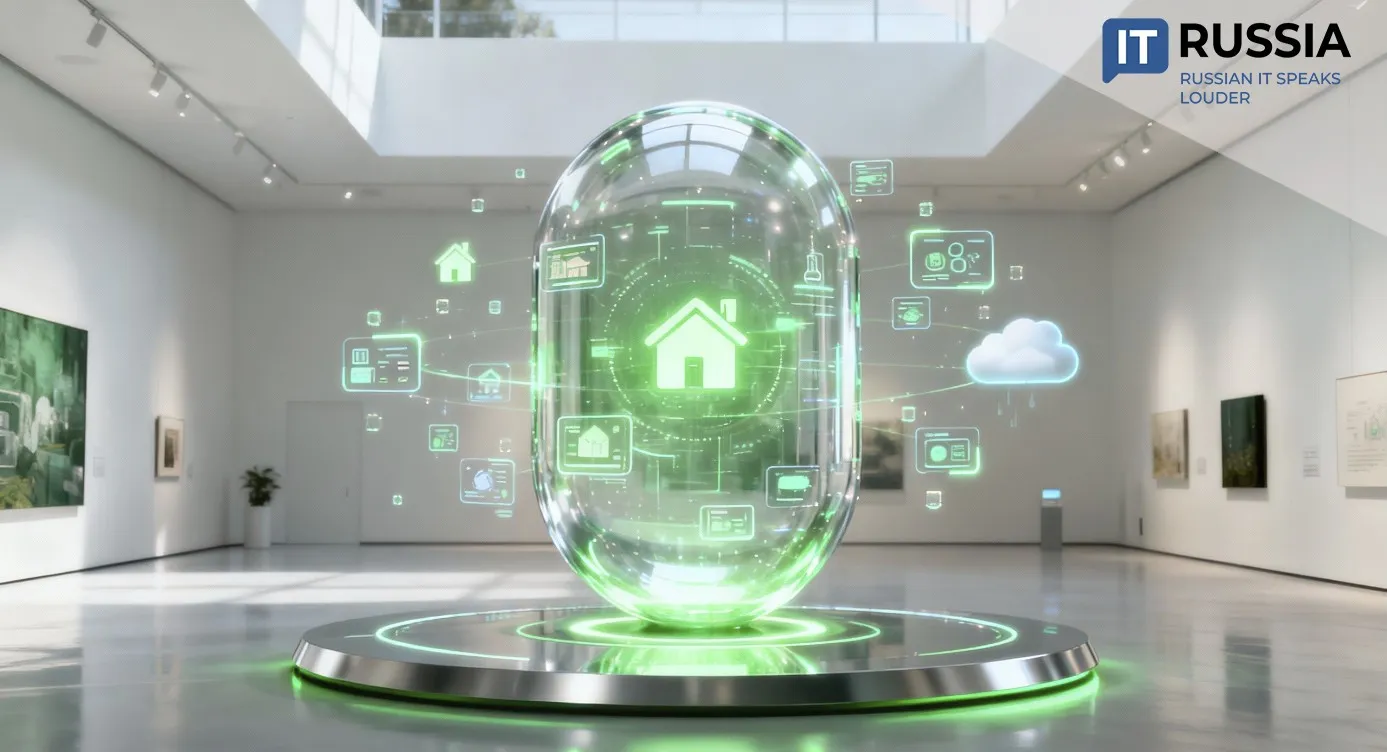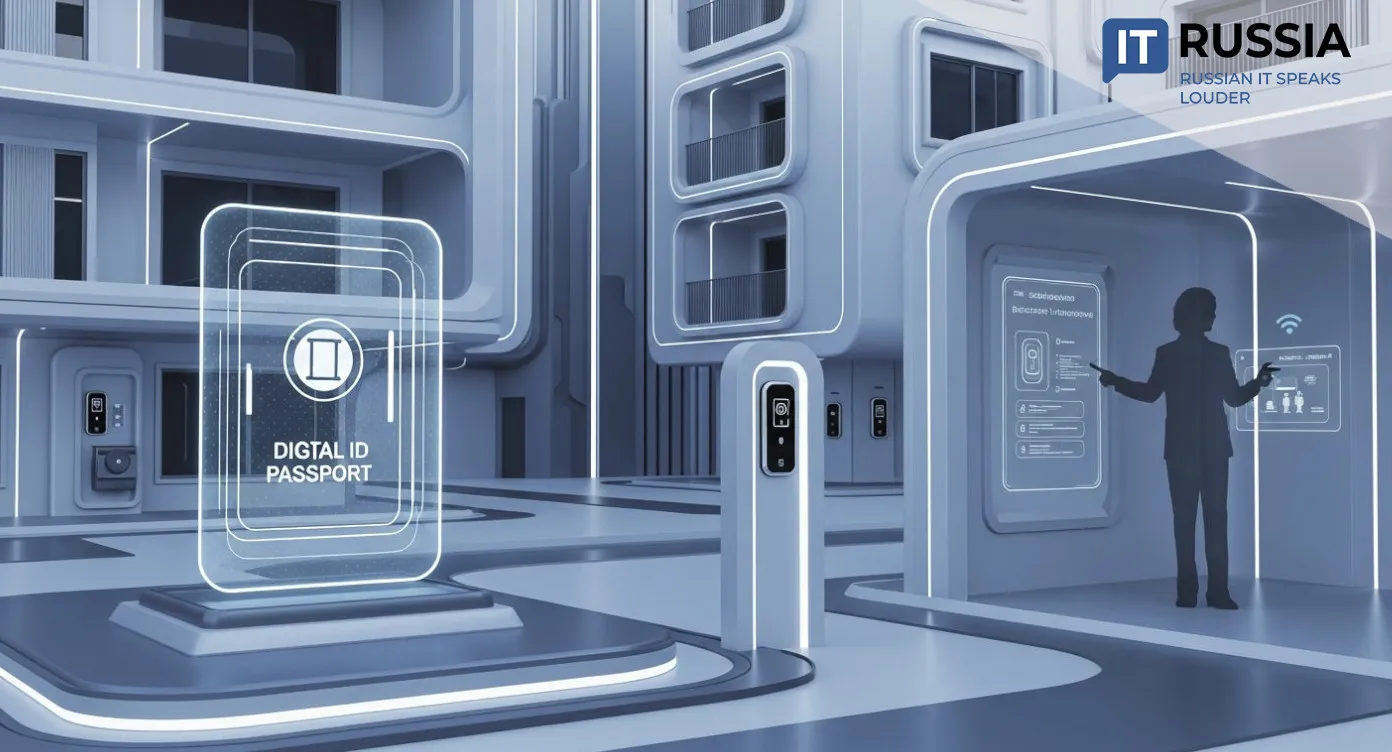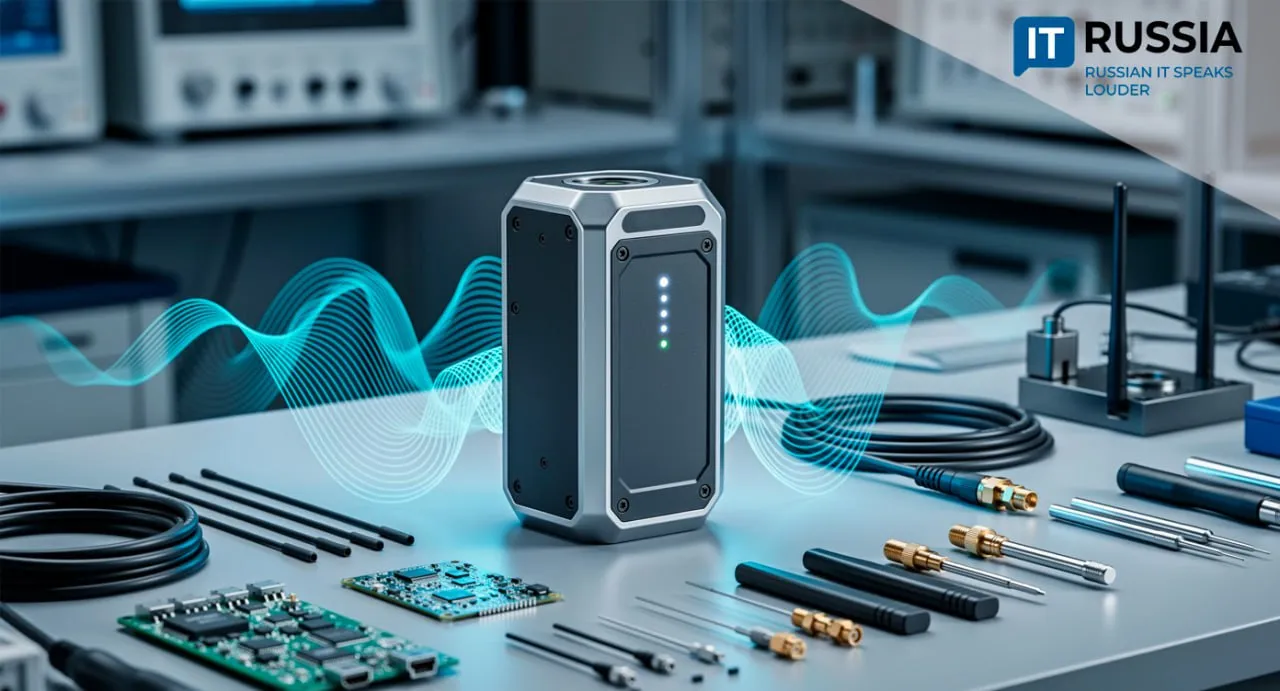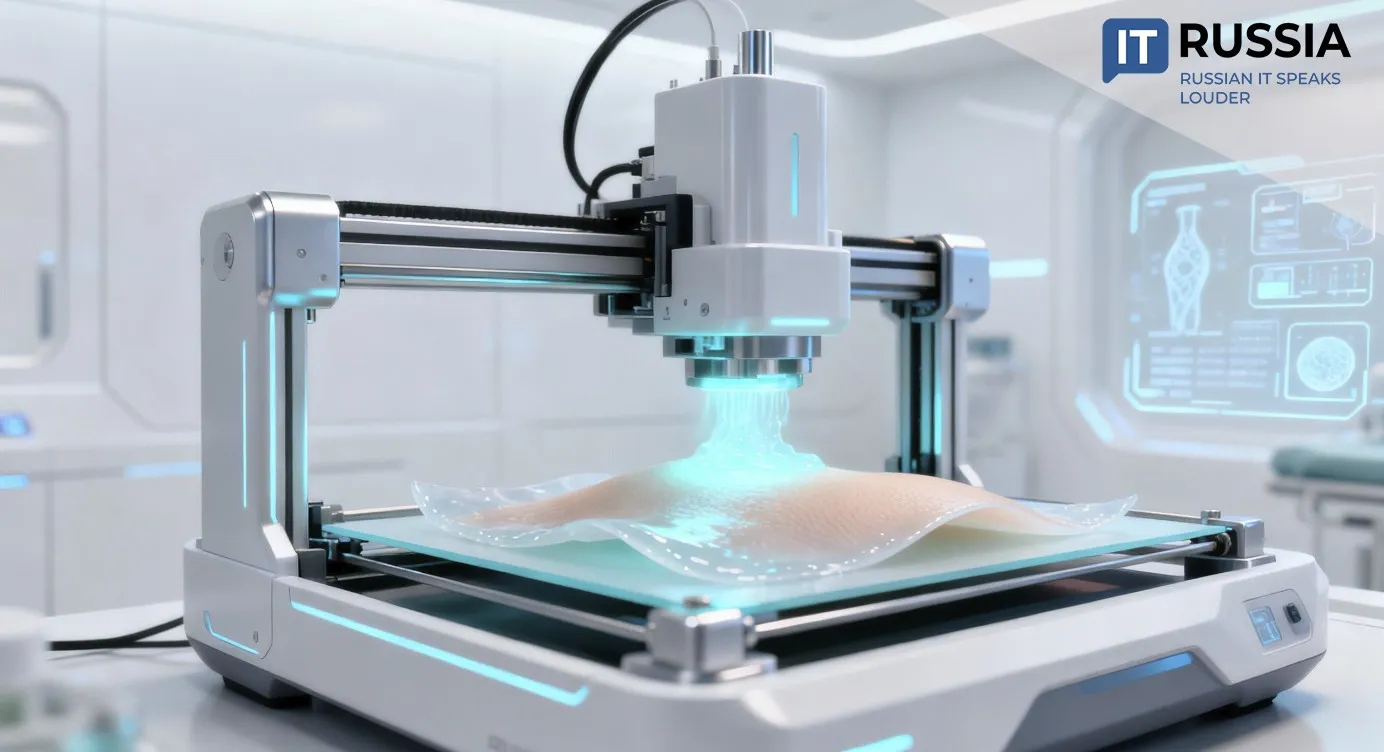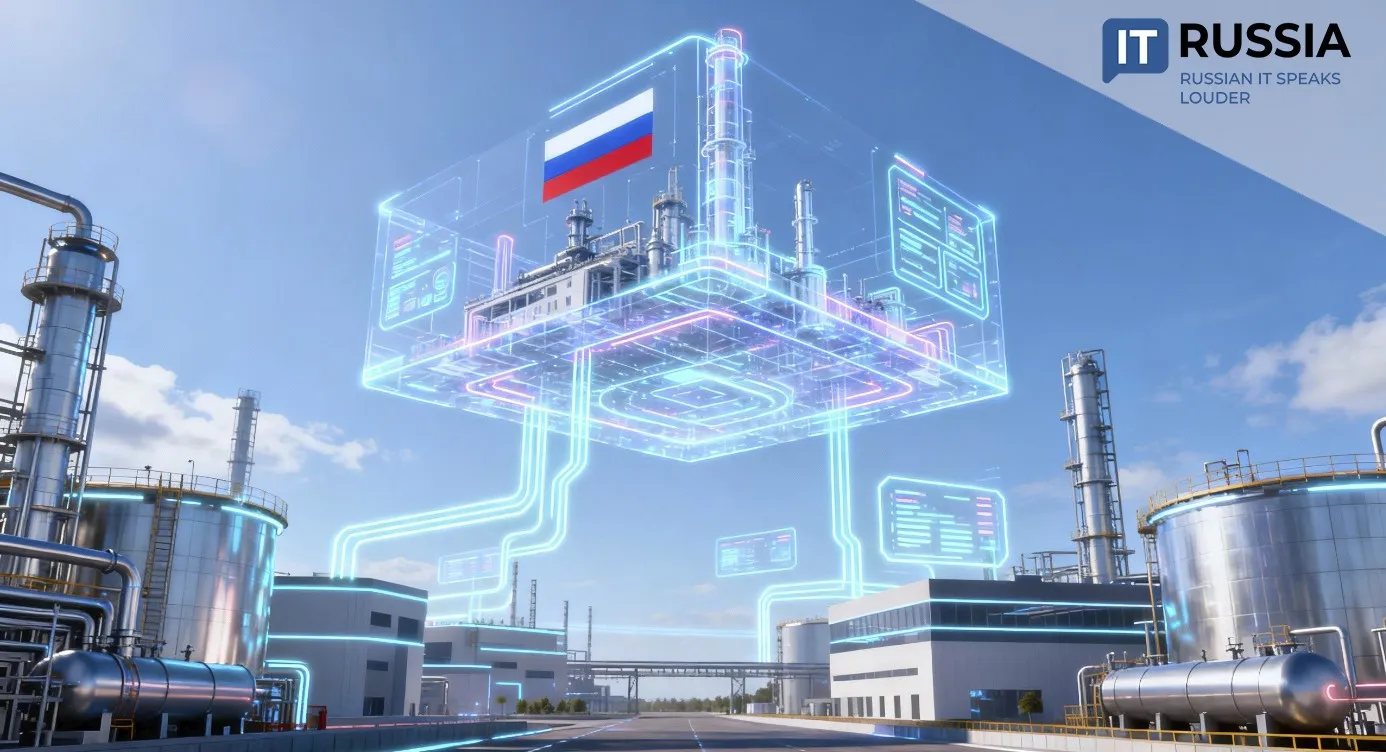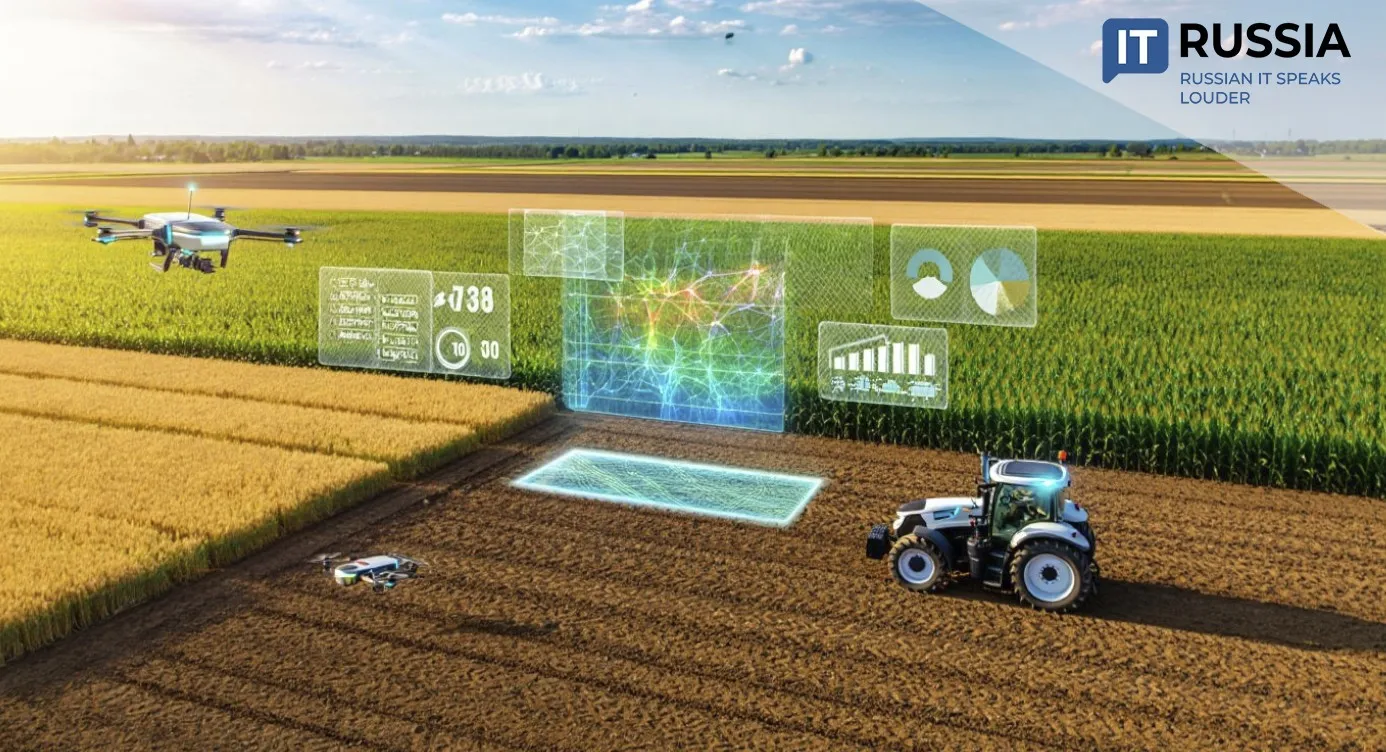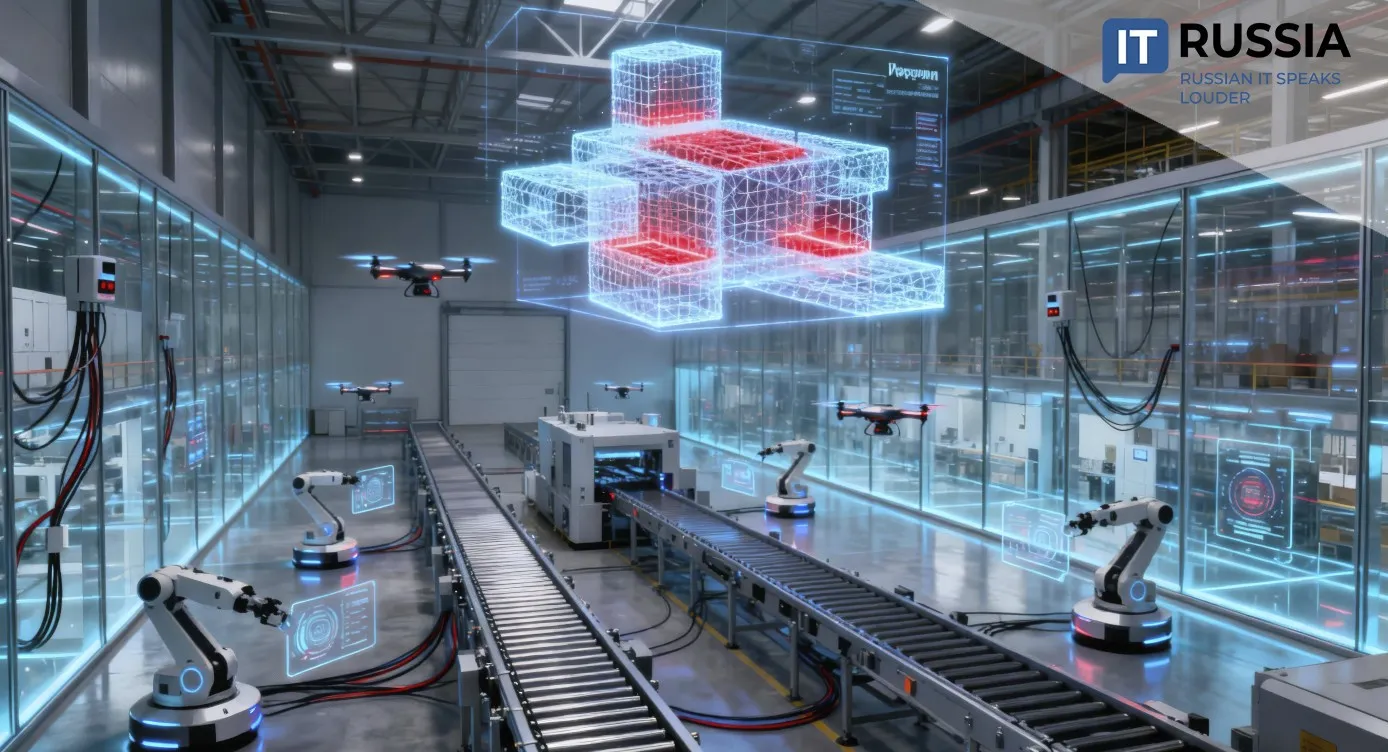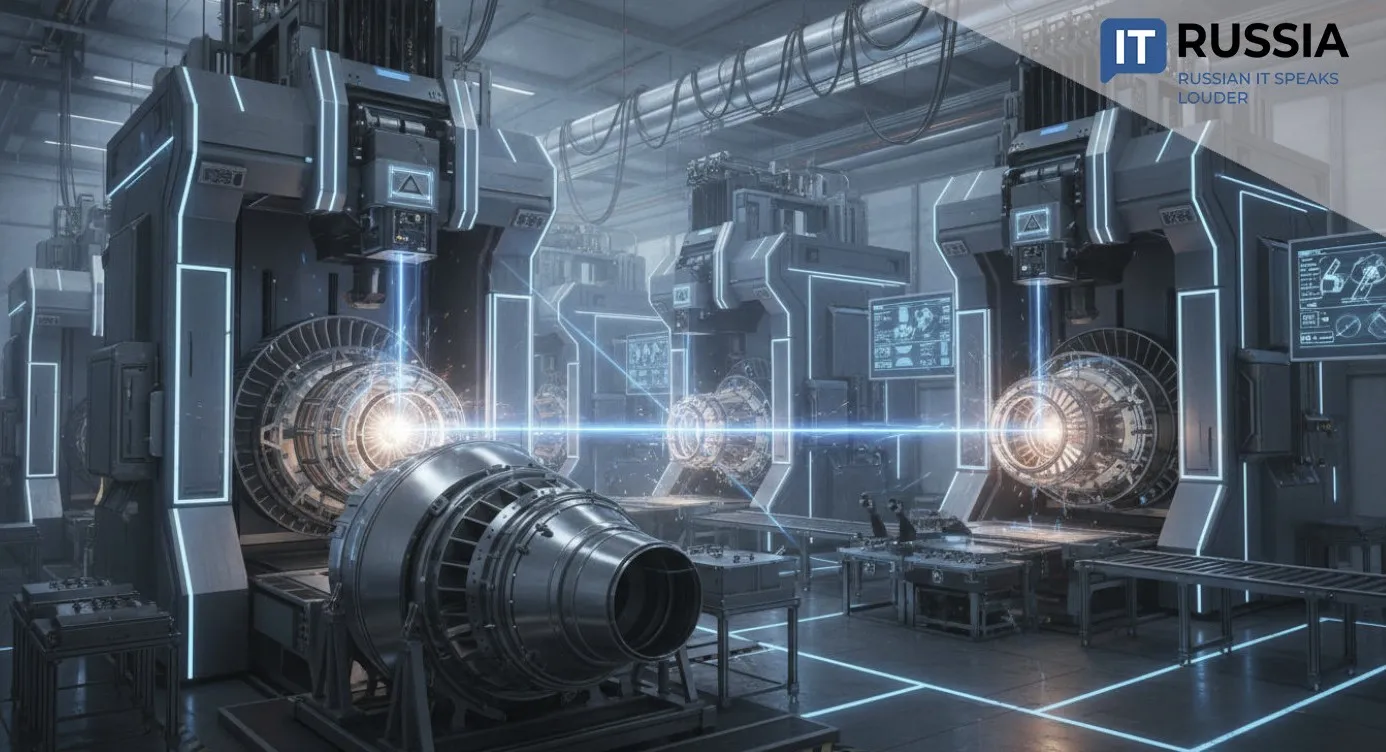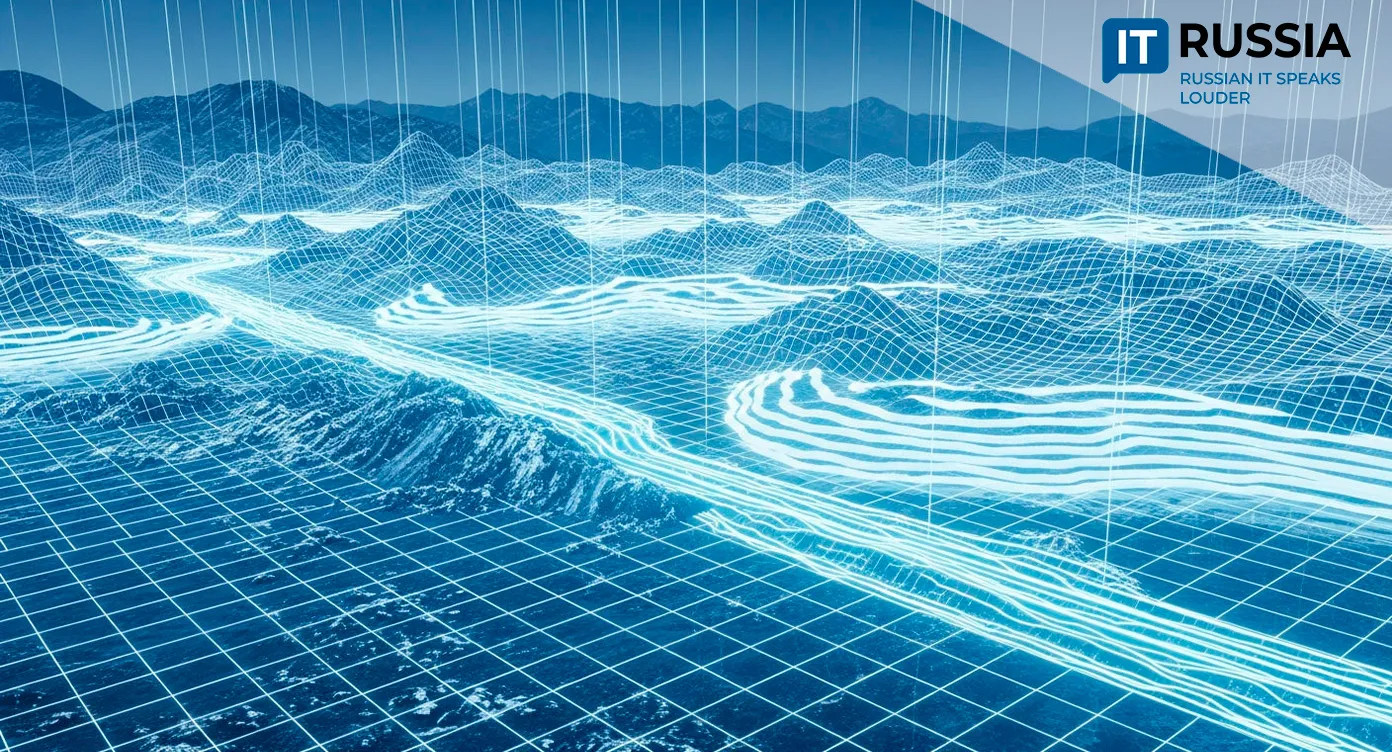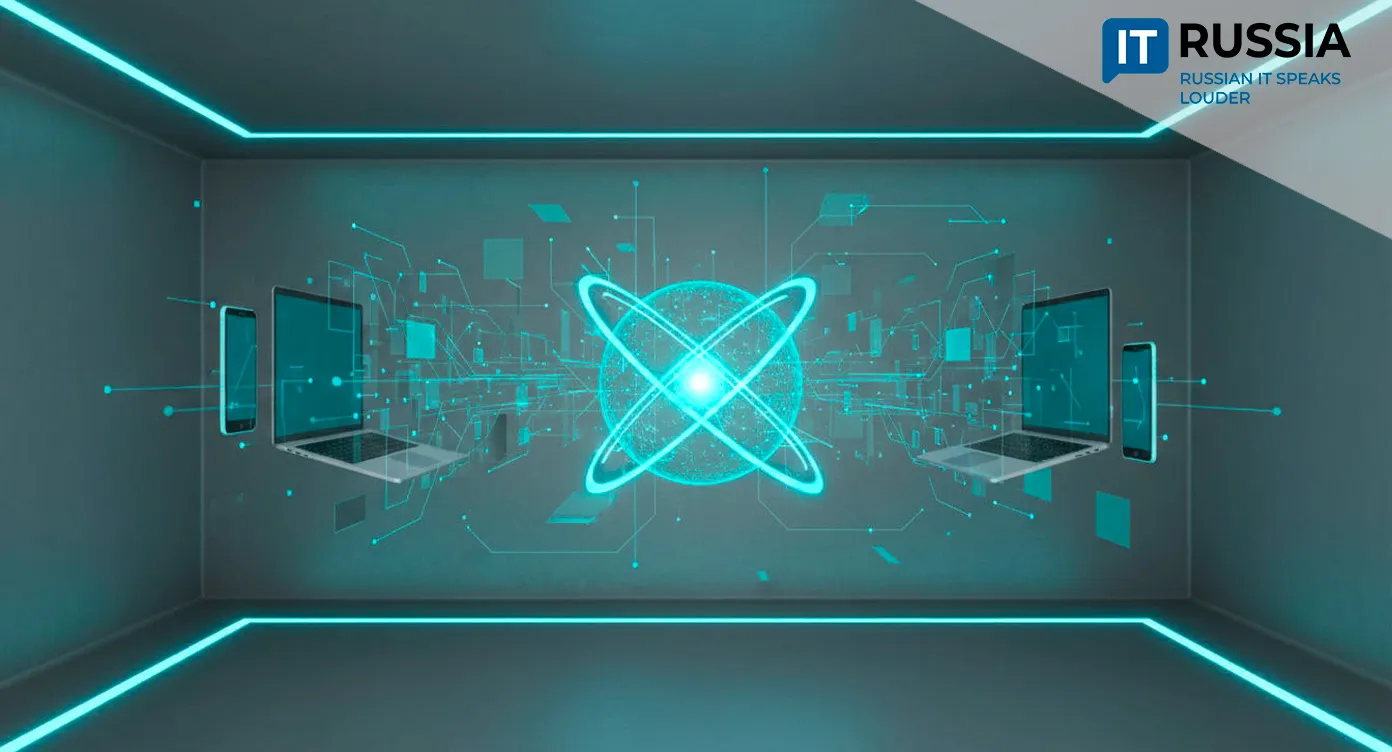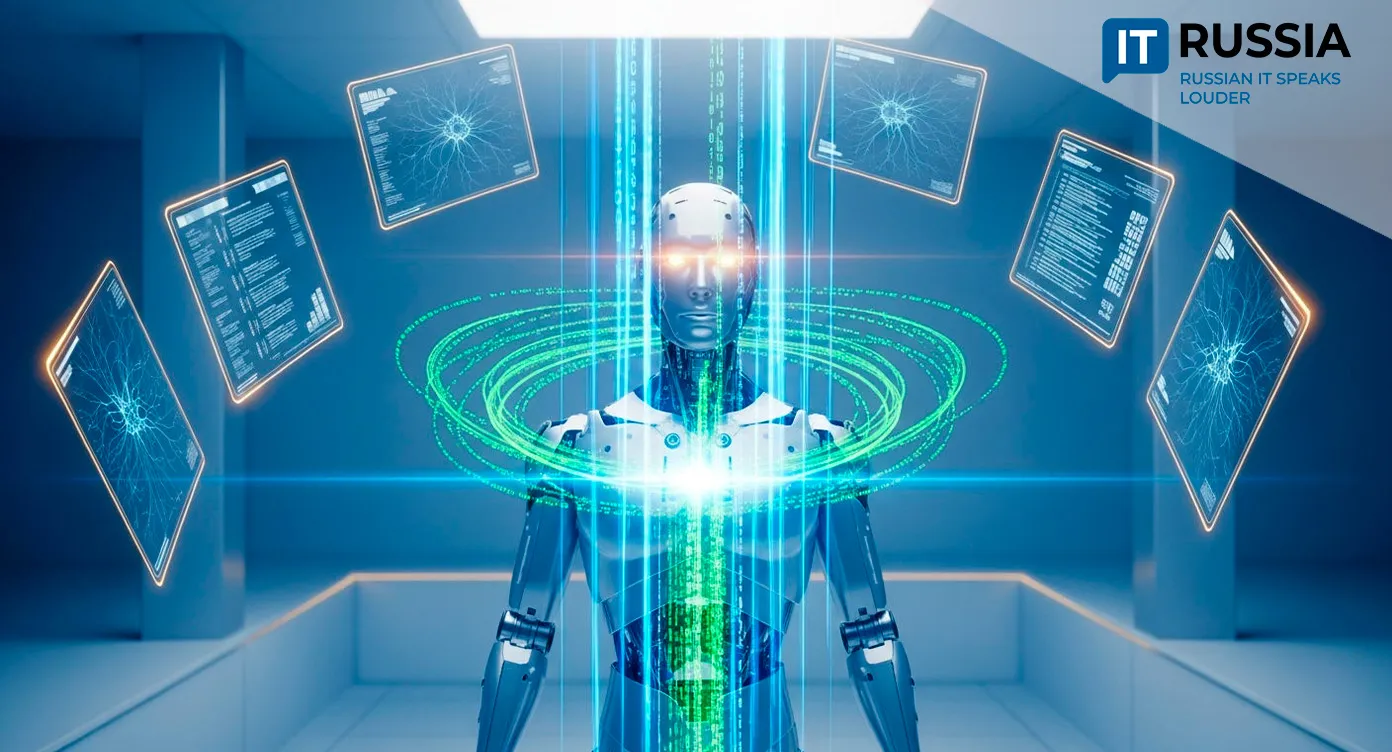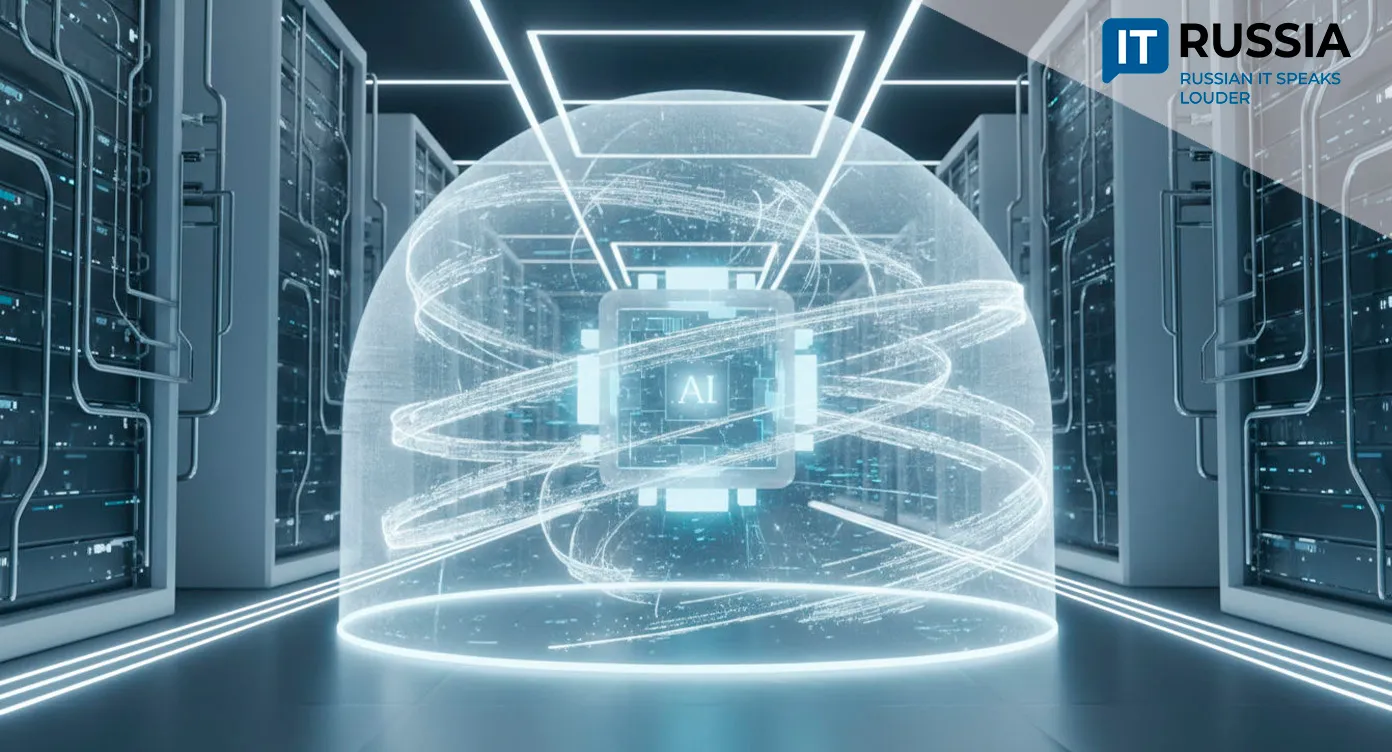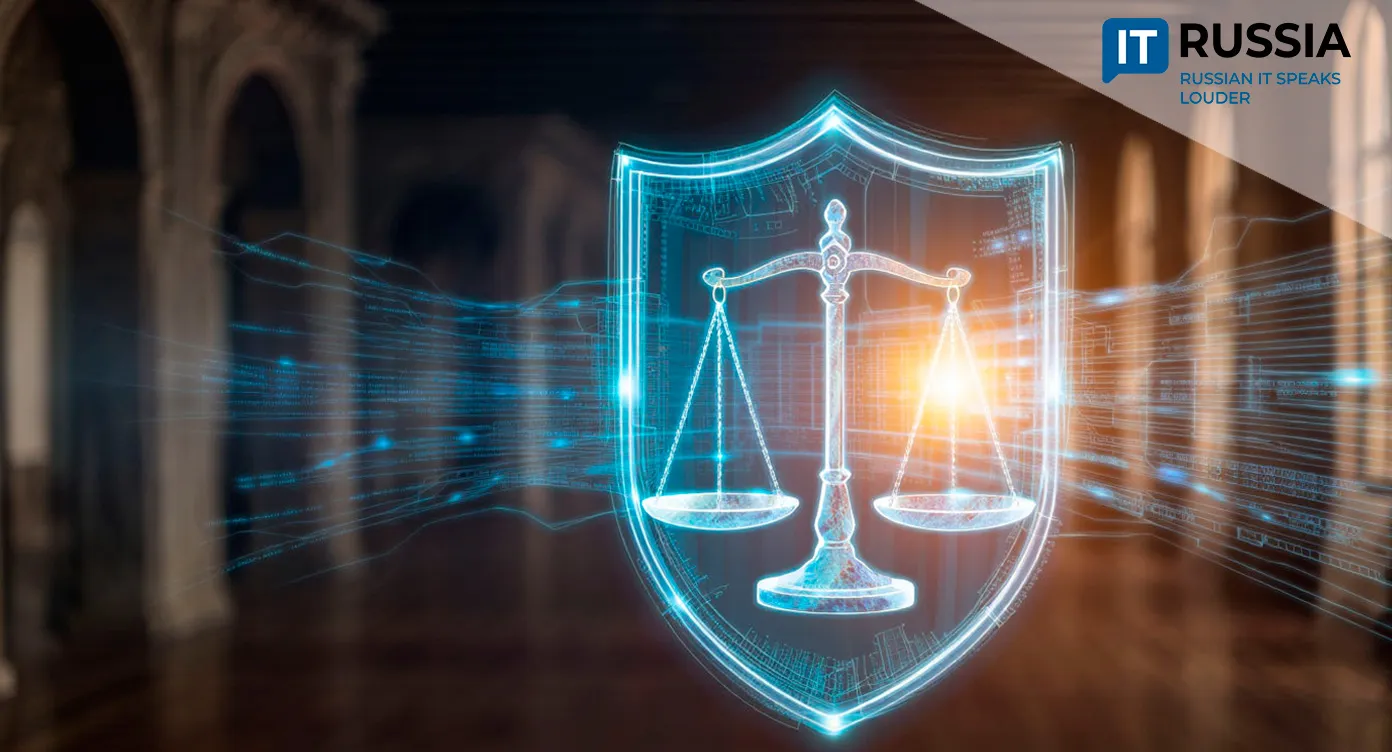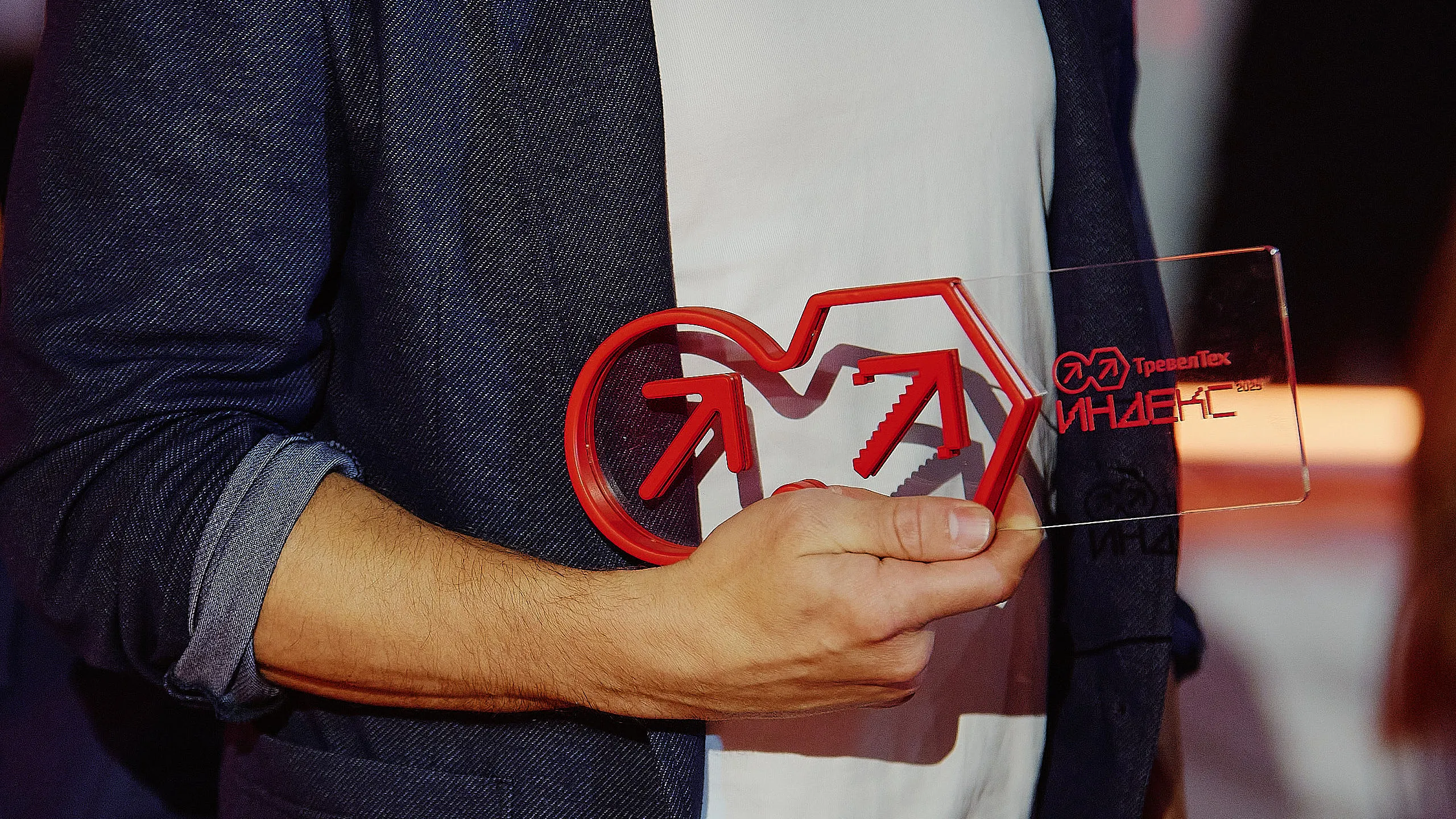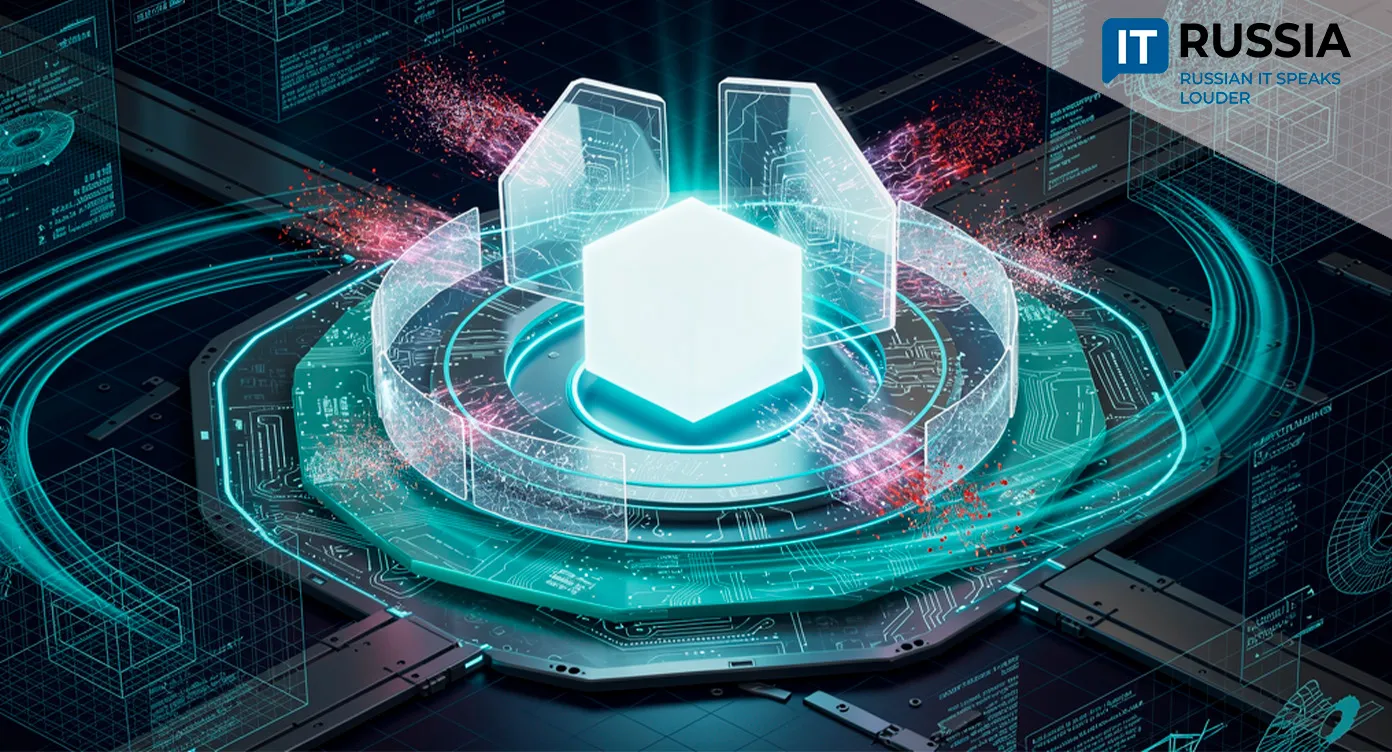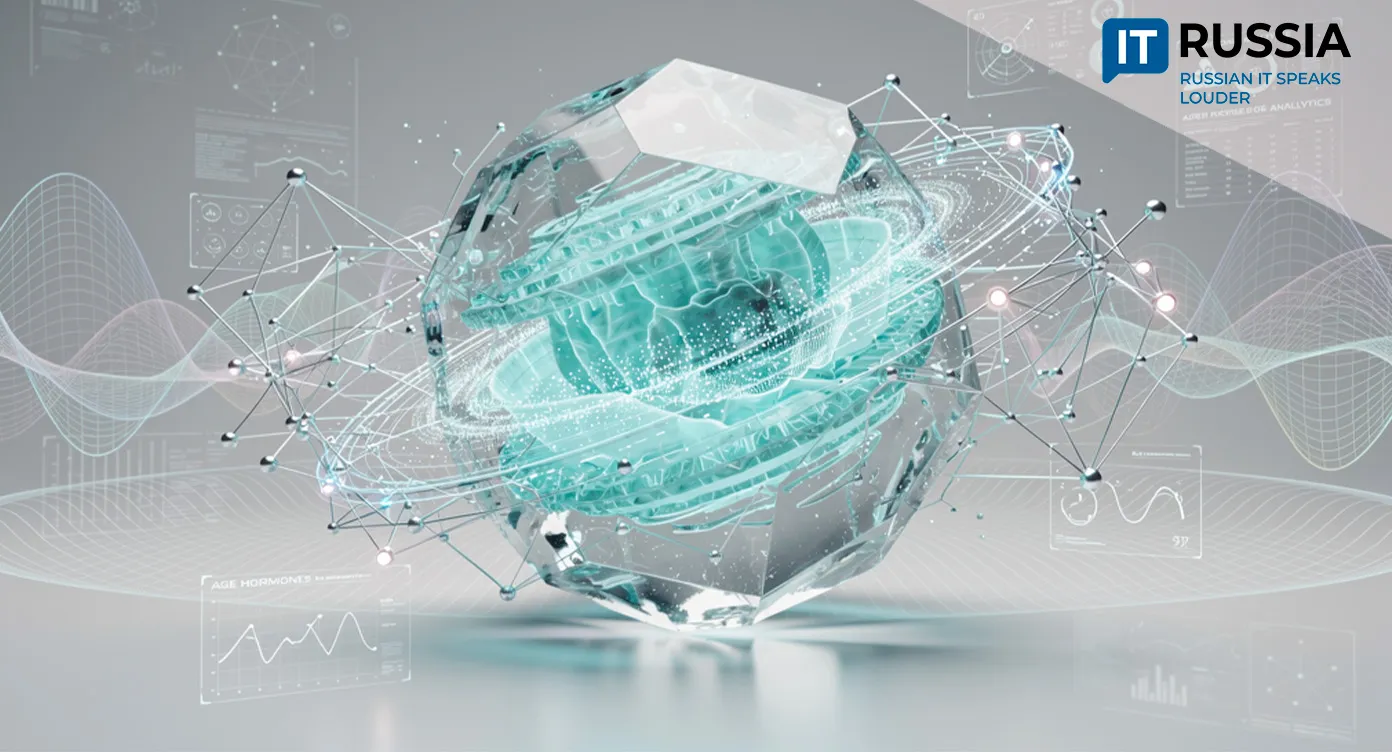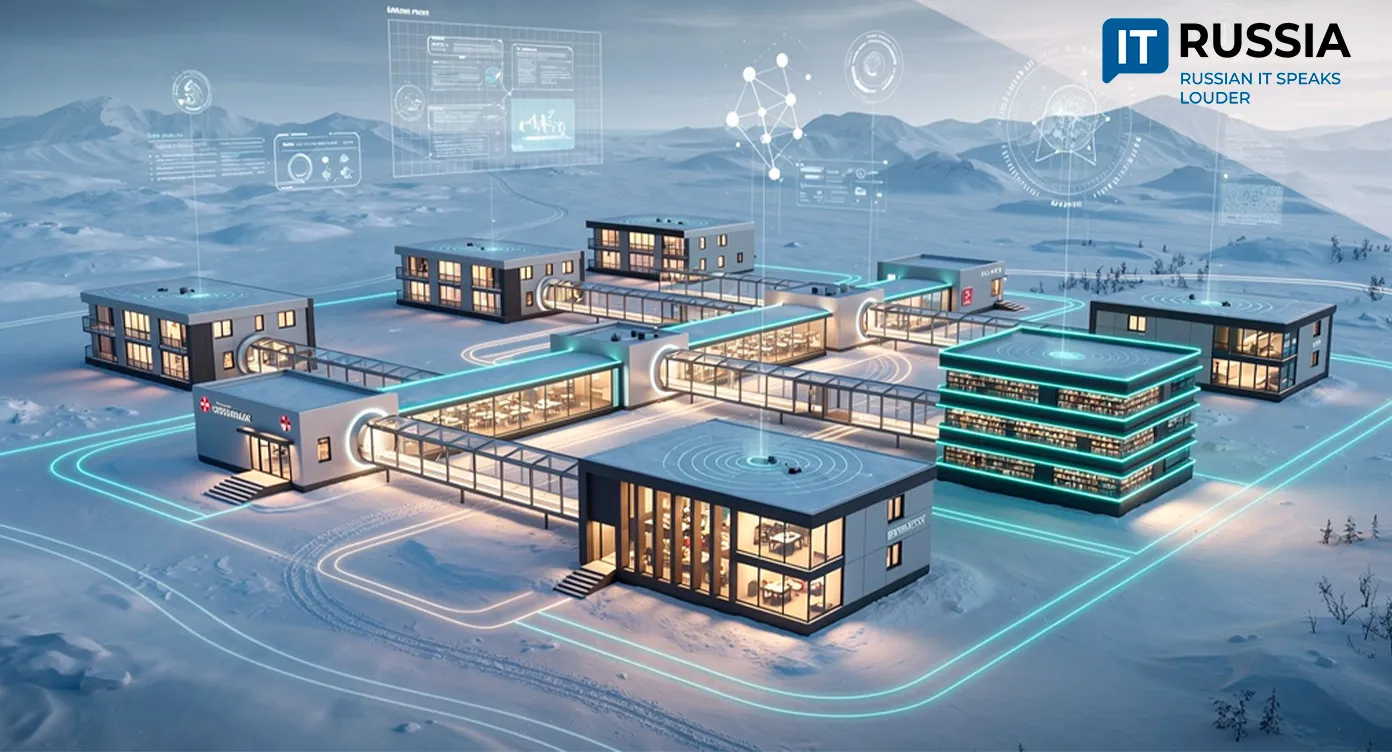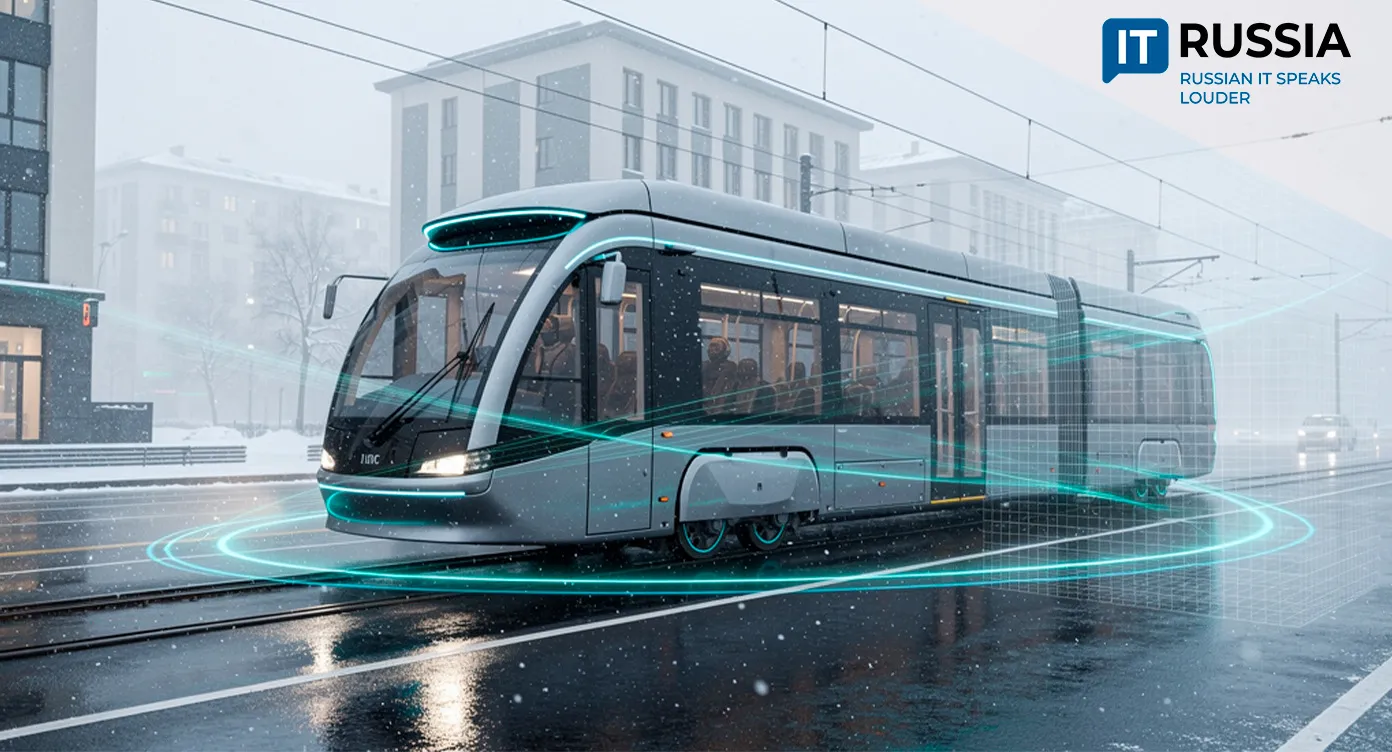Smart Meters and Digital Twins: How IoT Is Transforming Russia’s Utilities
Modern Internet of Things (IoT) technologies are radically reshaping how Russia manages its housing and utilities sector. At the 2025 TechnoBuild Expo, Lartekh unveiled a suite of solutions that elevate the digitalization of municipal infrastructure to a new level—turning fragmented resource accounting into an intelligent system for quality monitoring.

From Measuring Volumes to Monitoring Quality
The traditional utility model focused on measuring consumption volumes. New intelligent systems like those presented by Lartekh represent a qualitative leap forward. They make it possible to track not just how much but how well energy and water are delivered—identifying overheating or underheating in heating systems, detecting leaks in real time, and preventing breakdowns before they occur. This marks a transition from passive metering to proactive, predictive management of urban infrastructure.
At the heart of this transformation are smart meters that operate across multiple communication protocols, each tailored to specific tasks.
Implementing intelligent metering systems creates tangible benefits for all participants in the chain—from utilities and service providers to end users. For example, installing modern heat meters can save a family of four about 3,000–4,000 rubles ($35–$50) per year.
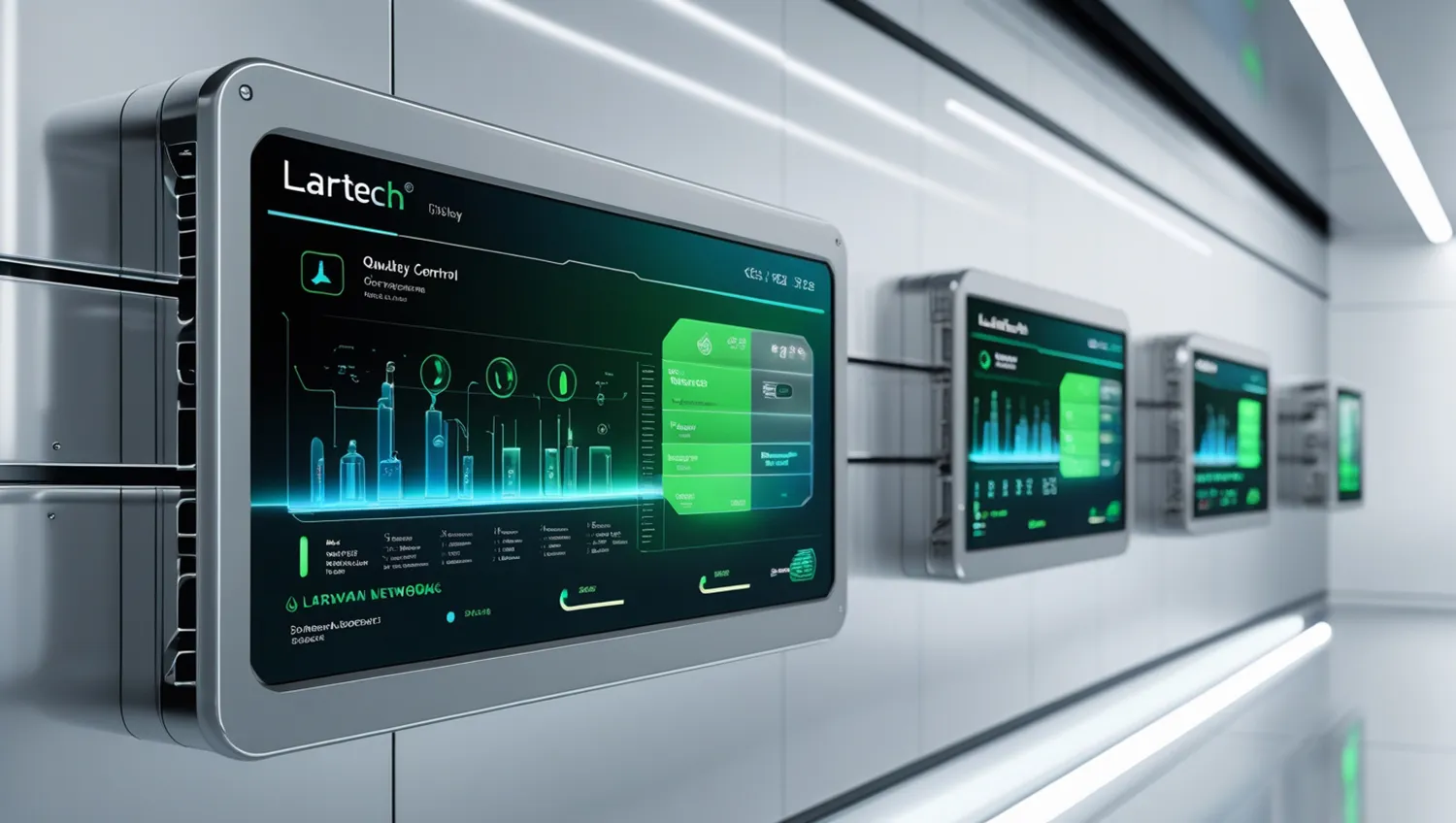
For municipalities and the state, such technology boosts the resilience and efficiency of critical infrastructure, cuts emergency maintenance costs, and enables long-term strategic planning based on real-time data.
From Electricity to Heat and Water
Industry experts note that only the electric power sector in Russia currently has a comprehensive regulatory framework for smart metering.
Lartekh proposed a model that brings together utilities, management companies, and consumers on a unified digital platform—ensuring transparency and effective resource management across the housing and utilities sector.

From Experiments to Systemic Solutions
Over the past five years, IoT evolution in Russia’s utilities has followed a clear trajectory. In the early 2020s, smart meters were primarily pilot projects in electricity metering. Yet, the large-scale rollout of intelligent power monitoring systems—backed by supportive legislation—proved highly effective: billing transparency increased, accident rates fell, and remote monitoring became the norm. This set a precedent for other areas of municipal infrastructure.
Developers such as Lartekh have since shifted focus from small-scale trials to integrated solutions for heating and water supply, leveraging proven NB-IoT and LoRaWAN technologies. By 2025, IoT in Russia’s utilities had moved beyond isolated innovation to become a core tool for systemic modernization of urban infrastructure.
Overcoming Barriers
Despite clear advantages, the mass adoption of IoT in utilities faces significant challenges—aging engineering networks, fragmented IT systems across regions, and the absence of unified integration standards. Overcoming these obstacles will require a robust legal framework and stronger investment incentives for infrastructure upgrades.
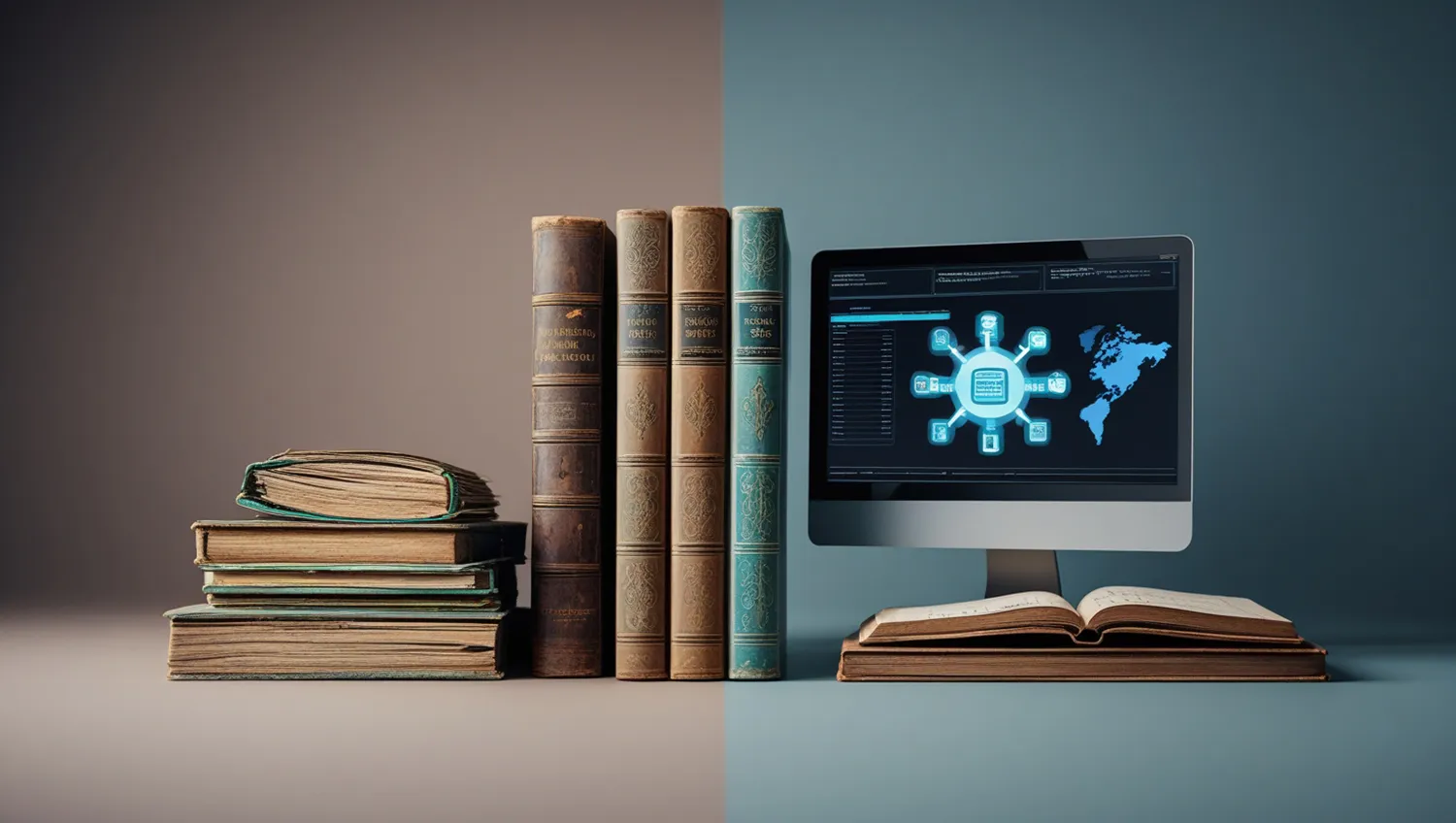
The success of this transformation depends on coordinated action by lawmakers, technology providers, and industry professionals working together to build a safe, efficient, and comfortable urban environment.



